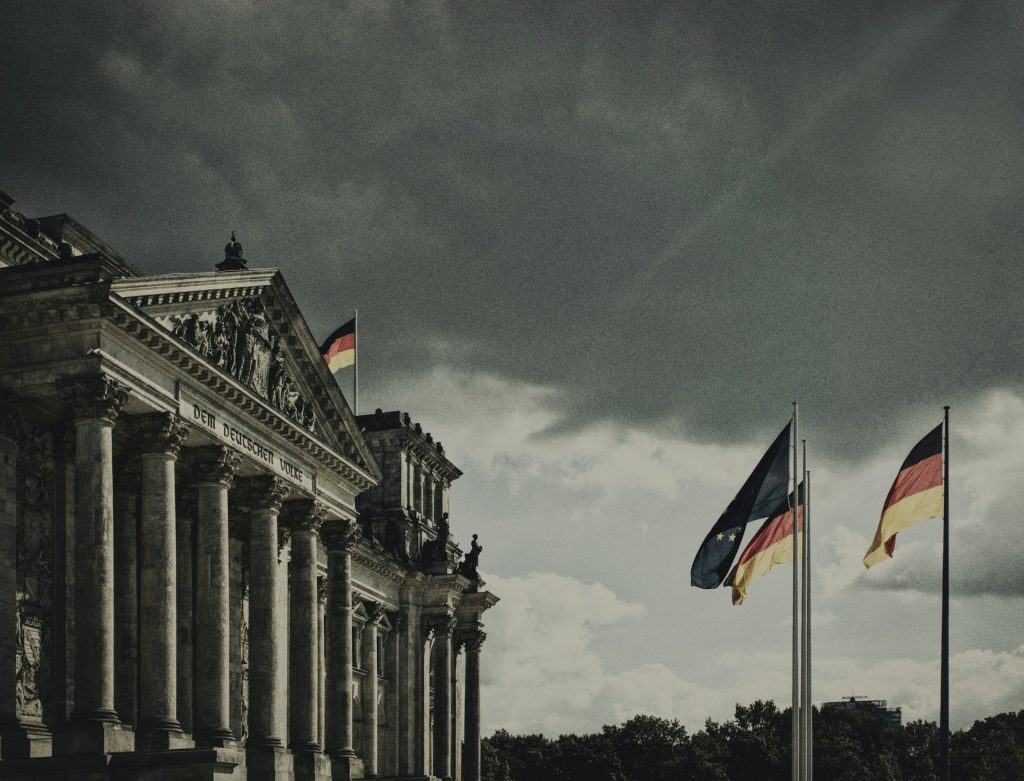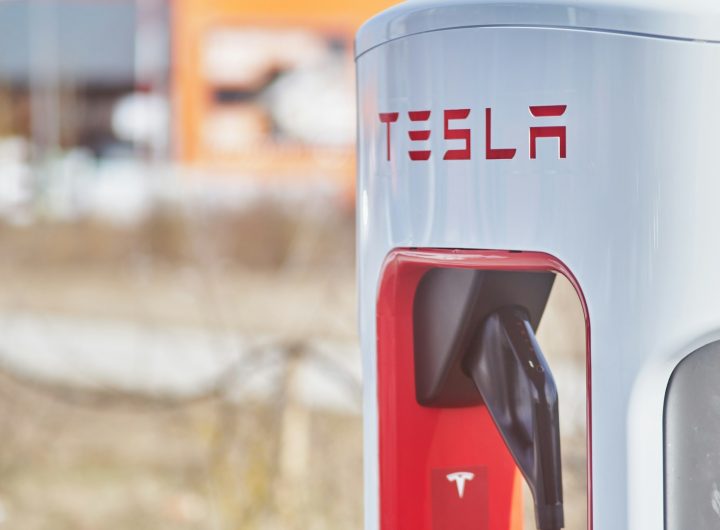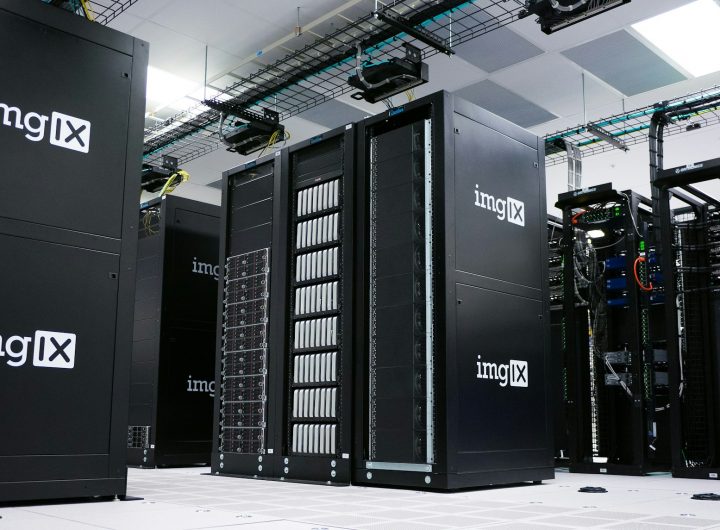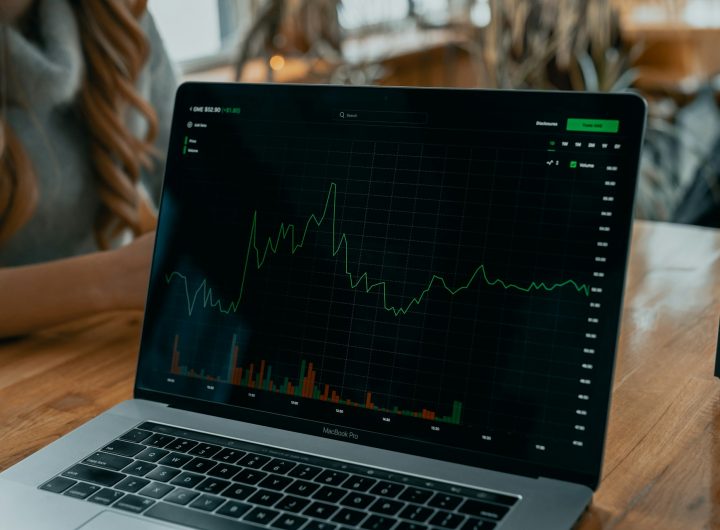
The German economy experienced minimal growth in the third quarter, narrowly avoiding a technical recession thanks to strong private consumption. According to the Federal Statistical Office, the gross domestic product (GDP) grew by just 0.1% from July to September compared to the previous quarter. This figure is a downward revision from the earlier estimate in October, which had projected a 0.2% increase. In the second quarter, the economy contracted by 0.3%, following a 0.2% growth in the first three months of the year. Two consecutive quarters of negative growth would have marked a technical recession.
A Stagnant Economy
Economist Jens-Oliver Niklasch of LBBW remarked that the latest figures align more closely with broader economic indicators than the initial estimates. “Effectively, Germany’s economic performance is at a standstill,” he stated. Similarly, Andreas Scheuerle, an economist at DekaBank, described the situation as a “painfully long stagnation phase,” noting a persistent combination of cyclical and structural challenges. The outlook remains bleak, with Sebastian Dullien from the Institute for Macroeconomics and Business Cycle Research (IMK) warning that the slight growth is “an outlier, not a turning point.” He anticipates that economic recovery might only start in the latter half of the coming year, driven by rising wages and lower inflation boosting consumer spending.
The Role of Private Consumption
Consumer spending played a vital role in preventing a recession. During the summer, private consumption rose by 0.3% compared to the previous quarter. This increase was attributed to higher spending on essential goods, including food and beverages, as highlighted by the statisticians. Government consumption also contributed positively, growing by 0.4%. However, investments posed a challenge, with spending on machinery, equipment, and vehicles declining by 0.2%, and investment in construction falling by 0.3%.
Hopes Pinned on the ECB
The European Central Bank’s (ECB) accommodative monetary policy could offer a lifeline. Lower interest rates might encourage businesses to invest and provide a much-needed boost to the struggling construction sector. Economist Thomas Gitzel expressed hope that reduced borrowing costs would stimulate economic activity. “Lower interest rates could bring fresh momentum to the battered construction industry,” he noted.
Mixed Signals from Foreign Trade
Germany’s foreign trade presented a mixed picture in the third quarter. Adjusted for prices, seasonal, and calendar effects, exports of goods and services fell by 1.9%, while imports saw a slight increase of 0.2%. This divergence underscores the challenges facing Germany’s export-oriented economy amid global economic uncertainties.
As Germany grapples with stagnant growth, policymakers and businesses alike are turning their attention to domestic demand and potential monetary easing as crucial drivers of recovery. However, the road ahead remains uncertain, with structural and cyclical hurdles continuing to weigh on Europe’s largest economy.
 Tesla’s European fortunes take a hit as Chinese rivals gain ground
Tesla’s European fortunes take a hit as Chinese rivals gain ground  AWS Receives Final Approval for €15.7 Billion Data Centre Expansion in Aragon
AWS Receives Final Approval for €15.7 Billion Data Centre Expansion in Aragon  Construction Begins on 2.5-Million-Kilometre Telescope to Detect Gravitational Waves
Construction Begins on 2.5-Million-Kilometre Telescope to Detect Gravitational Waves  Porsche’s Leipzig Plant Hit by Cuts Amid Ongoing Automotive Crisis
Porsche’s Leipzig Plant Hit by Cuts Amid Ongoing Automotive Crisis  Mercedes-Benz Expands eActros 600 Line-Up for Long-Haul Transport
Mercedes-Benz Expands eActros 600 Line-Up for Long-Haul Transport  UnitedHealth Shares Plunge Nearly 20%, Dragging Dow Jones Down by 700 Points
UnitedHealth Shares Plunge Nearly 20%, Dragging Dow Jones Down by 700 Points  iPhone’s yellow battery mystery solved as Apple mandates shift to iOS 26
iPhone’s yellow battery mystery solved as Apple mandates shift to iOS 26  Novo Nordisk Shares Plunge After Profit Warning: Mixed Reactions from Analysts
Novo Nordisk Shares Plunge After Profit Warning: Mixed Reactions from Analysts